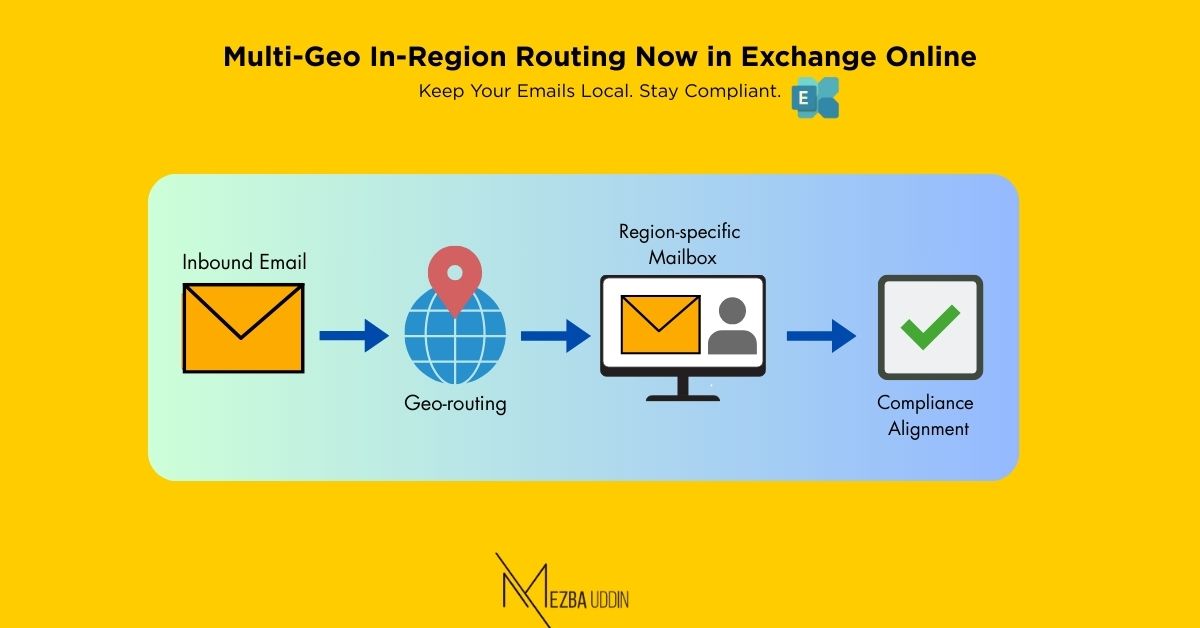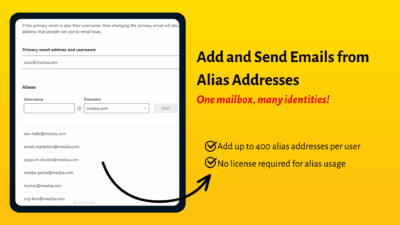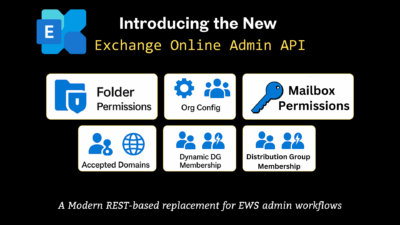Ever had to tell your compliance team that your EU emails are actually stored in the US, just because “that’s how Exchange Online works”?
Now, you don’t have to.
Microsoft is rolling out Multi-Geo In-Region Routing (IRR) for Exchange Online, allowing you to route inbound emails directly to the user’s region instead of your tenant’s primary location.
This is big for:
▶ Organizations with global teams.
▶ Companies under GDPR, DPDP, Schrems II, and other sovereignty regulations.
▶ Admins tired of balancing compliance with operational efficiency.
With IRR, your emails are processed and stored entirely within the user’s geo-region—helping you meet data residency and sovereignty requirements without compromising mail flow or user experience.
Note: IRR is disabled by default, so you will need to enable and configure it for your accepted domains to take advantage of this capability.
📅 Rollout Timeline:
Public Preview – August 2025
GA – October 2025
Learn how to configure IRR here: https://lnkd.in/eQTRpRsz




